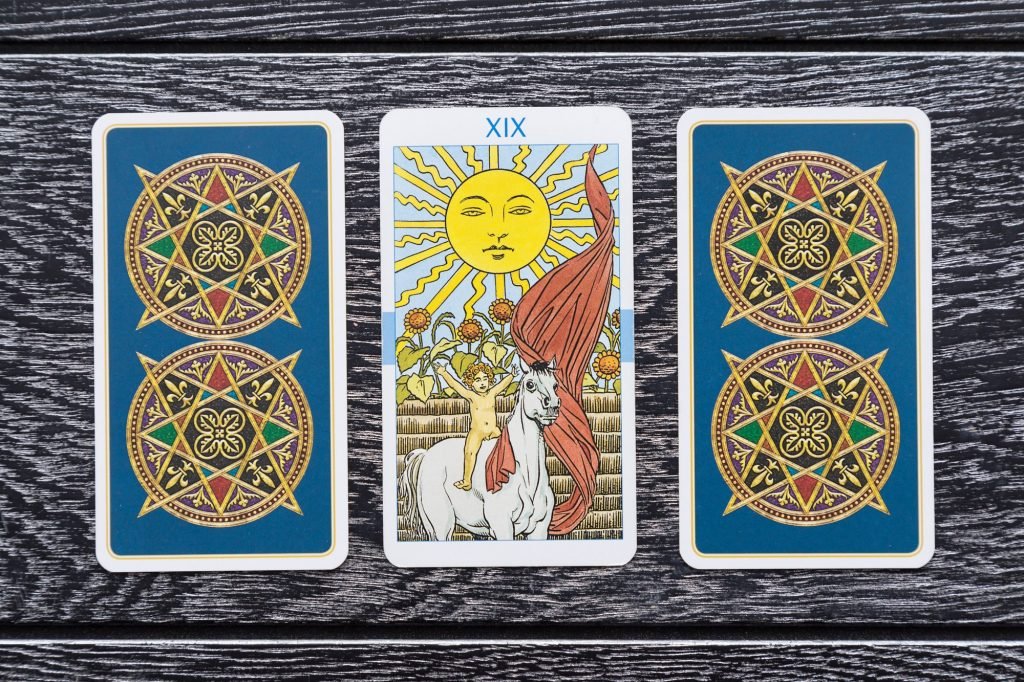
History Of Tarot
Tarot cards remain the most popular medium of future-telling and future predictions today despite having been created several hundred years ago.
Many people ridicule them, even though some find them very valuable for providing life guidance.
However, one thing is clear – their history goes way, way back.
Where did tarot cards come from?
Some people believe that they come from ancient Egypt or the Jewish spiritual teachings of Kabbalah.
However, the evidence for this is lacking, and it is, therefore, more likely that they originated somewhere in the mid-15th century in Italy, where the game Tarocchini was made.
The players were given cards, and based on their thematic associations, they wrote poems.
Tarot cards can come from a game similar to the current Bridge.
For wealthy Italian families, artists used to make hand-painted cards with symbols such as cups, swords, magic sticks, and pentacles.
Modern tarot cards have these symbols, and the number of cards has also remained the same – 78 cards, to be exact.
Tarot cards arrived in other European countries in the mid-18th century.
What do tarot card symbols mean?
As we said, there are 78 cards in the tarot card game divided into large and small arcana, grouped by their symbolism and layout.
Main Cards
In the main, 22 cards represent essential life and spiritual lessons.
In the small arcana, 56 cards reflect the trials and tribulations of our daily lives.
Court Cards
They are further subdivided into 16 court cards that represent our personality traits: kings, queens, knights, and pages.
Numbered Cards & Color
The rest of the small arcana consists of 40 numbered cards in four colors: cups, swords, magic sticks, and pentacles.
They represent the situations we come into daily contact with.
How do tarot cards work?
Tarot readings help us visualize the stories of our lives.
It is a kind of mirror to our soul that drives us to use our inner wisdom in a way that will lead us to deeper connections.
Each of the 78 cards can reveal our spiritual lessons and then guide us on our path.
There are countless variants of tarot reading practices that are distinguished by the focus, as well as the number of cards and the form in which they are read.
For beginners, it is ideal to ask yourself a question and ask the cards to answer it or outline a possible solution to the situation.
Then you can start working with more cards – maybe five – each of which will represent a different aspect of your life.
If you intend to read the cards to someone else (with their permission), we enter into the realms of collective consciousness. With practice, you will able to interpret these messages intuitively.